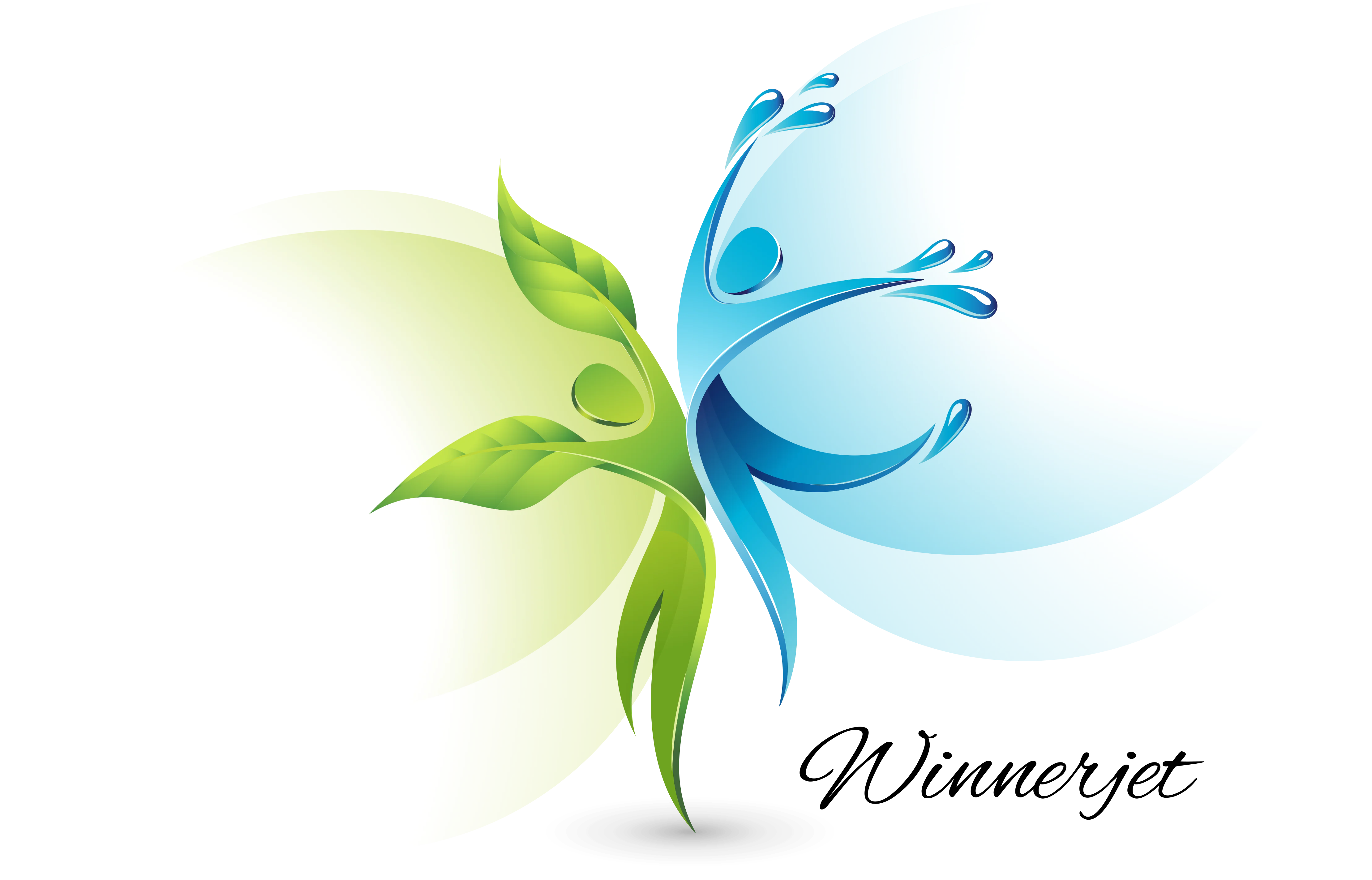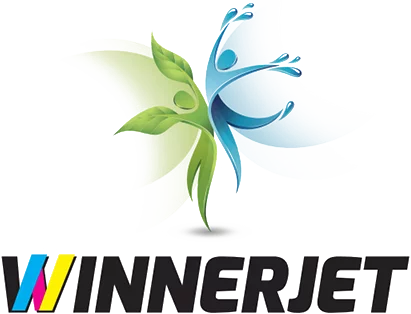With the popularity of DTF printing in the field of customized clothing, it is important to understand the key factors that affect the conversion of printers to DTF if you want to get into DTF conversion.
This article focuses on common knowledge about DTF printing and the key factors when choosing a printer for DTF conversion.
What IS DTF Printing?
DTF (direct-to-film) printing is a type of printing in which a design is printed onto a transfer film via a DTF printer and then transferred onto fabric using a heat press.
How does DTF printing work?
- Step 1: Prepare the DTF print material.
- Step 2: Create the design.
- Step 3: Print the design.
- Step 4: Cure the design.
- Step 5: Thermal transfer the design.
- Step 6: Peel off the transfer film to complete the design.
You can read the article ‘What is DTF printing?‘ for more information on how to do this.
Choosing the Best Printer DTF Conversion Influencing Factors
Printer Compatibility
The most important point, first of all, is that you need to know whether your printer supports DTF conversion or not; only if it does can you proceed to the next step; you can consult your printer supplier to get the details.
Print Quality
When choosing a printer for DTF conversion, print quality is of utmost importance. The print resolution, color accuracy, clarity of details, etc., all have a direct impact on the quality of the converted prints.
Always choose a printer with high resolution to ensure high-quality prints on a variety of fabrics.
Print size
When choosing a DTF conversion printer, you need to evaluate the print size based on your printing needs. The size of the printer determines the amount of workspace for installation and operation. Make sure to choose the size of the conversion printer according to your market; if the size needs to be correctly chosen, it may result in converted prints that do not meet the needs of the business.
Ink Compatibility
Ink compatibility with your DTF conversion printer is a key factor in ensuring vibrant colors. Printers need to be tested for the types of ink colors they support and their durability. This is critical to meeting DTF printing requirements. Availability and quality assessment of compatible inks can also be considered, saving costs to some extent.
Print speed
Print speed has the greatest impact on productivity and turnaround time. Choose the right printer conversion according to your business model, or if you are a DIY player, go for a desktop printer conversion. If you are a factory and need to process high-volume orders, this will require large commercial or industrial machines for conversion.
Recommended Printers Best Suited for DTF Conversion
Epson EcoTank L800

The L800 is a popular choice for DT printing, known for its stability and high quality.
Pros:
- High-resolution printing capability of up to 5760 x 1400 dpi ensures clear and precise print details.
- High-capacity ink cartridges for continuous printing and reduced workflow.
- Simple user interface for beginners.
Cons:
- Not suitable for large-scale order printing.
- Higher cost compared to other starter conversion printers.
Winnerjet’s I3200 4-Head 60CM DTF Printer

Winnerjet’s I3200 4-Head 60CM DTF Printer is ideally suited to the choice of businesses with high-volume order production and high-quality printing.
Pros:
- The 4-head configuration ensures high-speed printing and improves work efficiency.
- Self-contained ink agitation system, no sedimentation, print quality is more.
- High-resolution mode ensures vivid print colors and clear details.
- Provide matching DTF Ink, DTF Film, and DTF Powder, which have been tested many times, with better printing effects.
Cons:
- Large printer with high requirements for working environment and operating space.
- Due to the powerful features, the operation may be complicated and require some operating experience.
- Regular maintenance is required to ensure stable performance.
Mimaki TxF150-75 DTF Printer

Mimaki’s new DTF printers, with print sizes up to 80cm, can handle common custom prints.
Pros:
- Large print size to handle common business needs.
- High print speed for large-scale orders.
- Comes with dedicated DTF ink cartridges for greater compatibility.
Cons:
- Higher machine cost and high financial pressure for startups.
- The ink bag capacity needs to be bigger; you need to change the ink frequently.
For more printers that are suitable for DTF conversion, see this article, ‘What Printer Can Be Converted To DTF?‘
Conclusion
Before choosing the best printer for DTF conversion, always make sure that the printer is supported and then set off based on your target market. After a successful DTF conversion, you will open new doors in the printing world.
Can all printers be converted to DTF?
No, only some models of inkjet printers are supported, not laser printers.
How to convert printer to DTF?
You can refer to the article ‘How To Convert A Printer To DTF?‘ by Winnerjet DTF expert for specific operation steps.
How much does it cost to convert a printer to DTF?
The exact cost depends on the performance of the printer, the average one is 300-500 USD, and the advanced one is around 1000 USD.
What do I need to maintain my printer after the DTF conversion?
Regularly clean the printheads, check ink consumption, and replace worn parts.


